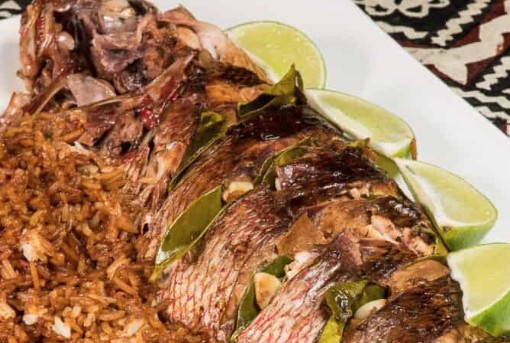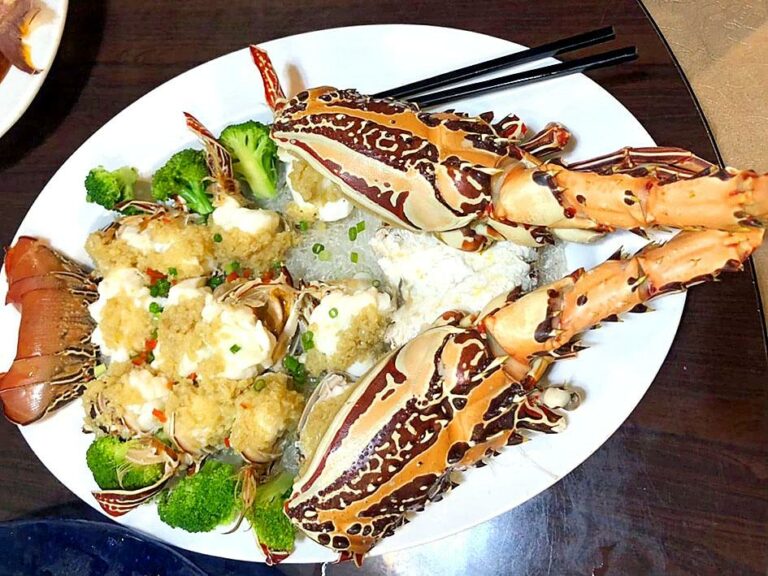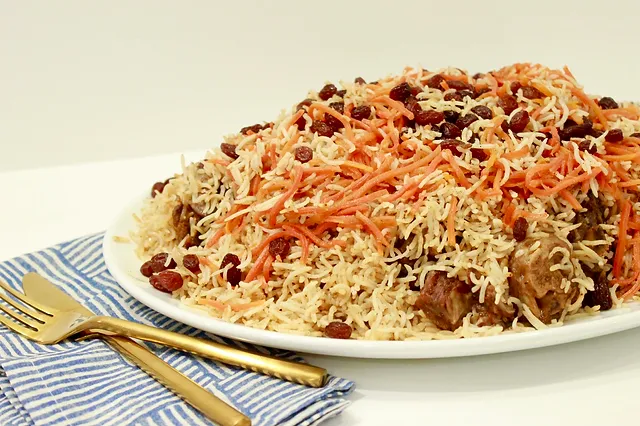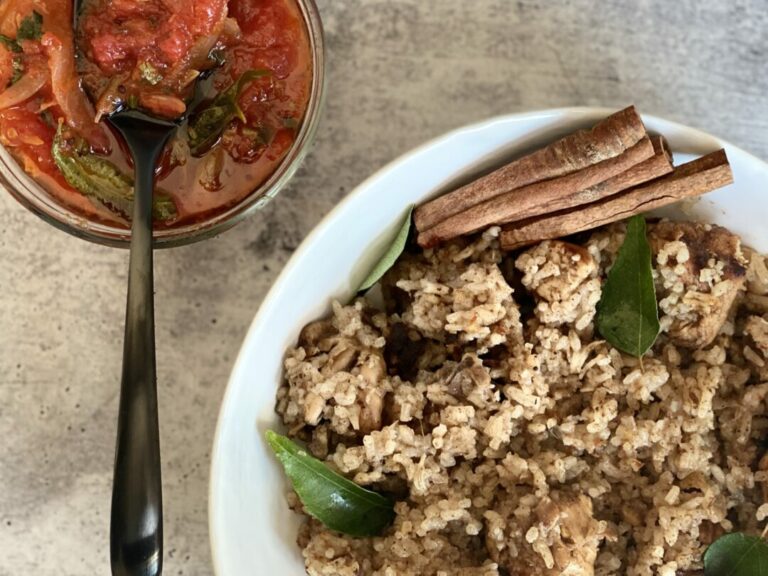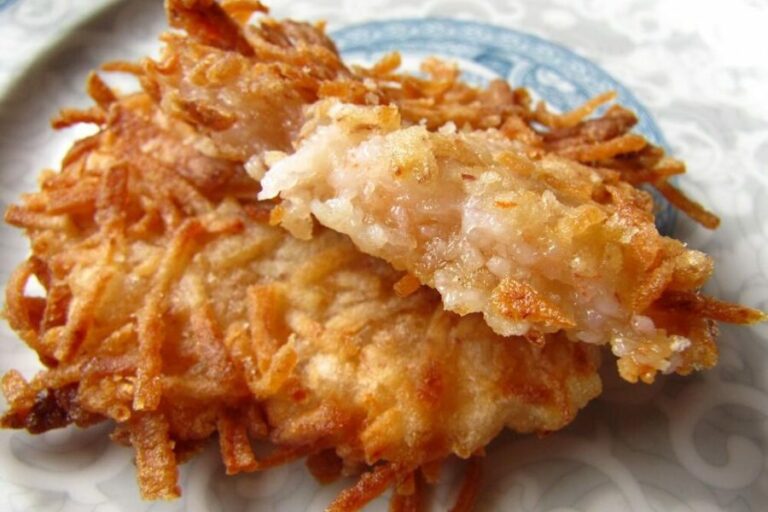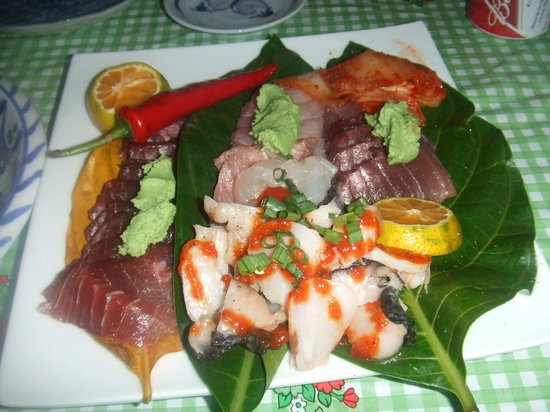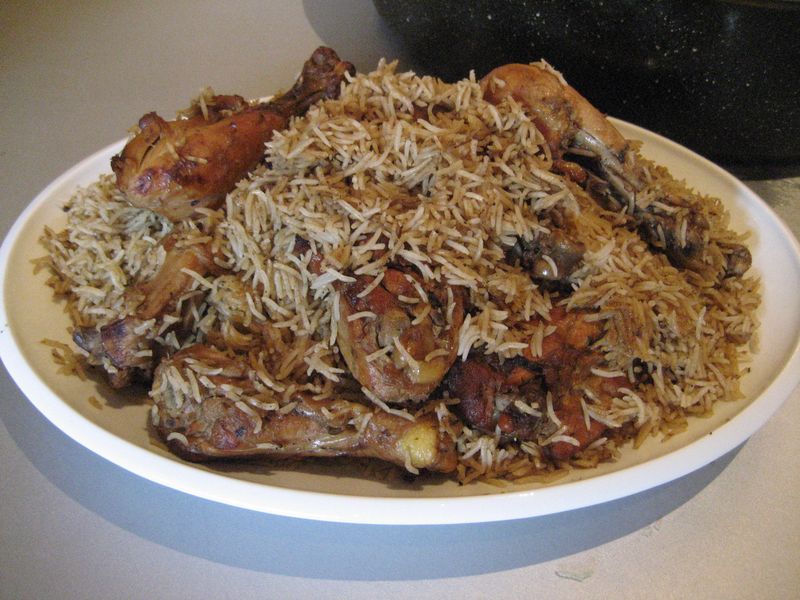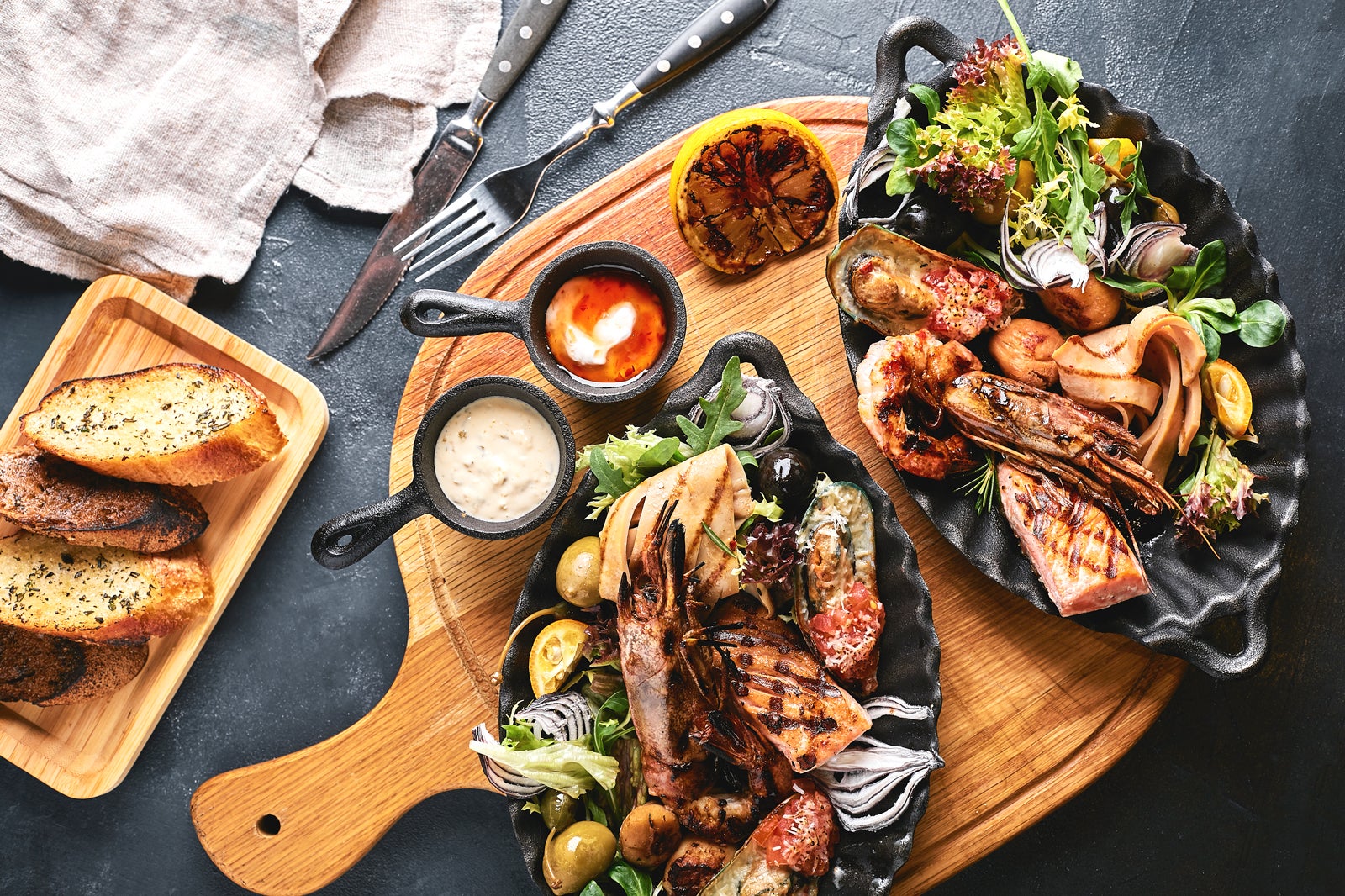Introduction to Palauan Cuisine
Palauan cuisine is known for its unique blend of flavors and ingredients that are rooted in the culture and traditions of the Palauan people. This small island nation in the western Pacific Ocean is home to a variety of indigenous ingredients and cooking methods that have been passed down for generations. At the same time, Palauan cuisine has also been influenced by the cultures of neighboring countries, including the Philippines, Japan, and Indonesia.
Traditional Ingredients and Flavors
Palauan cuisine is characterized by its use of fresh, local ingredients such as fish, coconut, taro, and cassava. Fish is a staple food in Palauan cuisine, and is often served raw or cooked with lime juice and other seasonings. Coconut is used in a variety of dishes, including stews, curries, and desserts. Taro and cassava are used as a base for many Palauan dishes, including the popular dish of tama, which is made from mashed taro leaves and coconut milk.
Dishes that Define Palauan Cuisine
Palauan cuisine is known for its hearty and flavorful dishes, including the aforementioned tama, as well as balau, which is a seafood stew that is typically made with fish, crab, or squid. Another popular dish is ulkoy, which is a type of Palauan sushi that is made with vinegar rice and topped with raw fish or vegetables. Another popular dish is monuked, which is a type of Palauan sausage that is made with ground pork, taro leaves, and coconut milk.
Influences from other Cultures
Palauan cuisine has been influenced by a variety of cultures over the years, including the Philippines, Japan, and Indonesia. For example, the dish of ulkoy is believed to have been inspired by Japanese sushi, while the use of coconut milk in many Palauan dishes is believed to have been influenced by Indonesian cuisine. At the same time, Palauan cuisine has also influenced the cuisines of neighboring countries, particularly in the use of fresh seafood and tropical ingredients.
Popular Palauan Beverages and Desserts
Palauan cuisine is also known for its delicious beverages and desserts. One popular beverage is buchul, which is a type of fermented coconut water that is sweet and slightly fizzy. Another popular drink is sakau, which is a type of traditional Palauan drink that is made from the root of the sakau plant. As for desserts, one popular dish is koumiss, which is a type of sweet rice cake that is made with coconut milk and sugar.
Where to Try Authentic Palauan Cuisine
If you are interested in trying authentic Palauan cuisine, there are a few restaurants in Palau that specialize in these dishes. One popular restaurant is the Palau Royal Resort, which offers a variety of traditional Palauan dishes, including tama, balau, and ulkoy. Another popular restaurant is Kramer’s Cafe, which is known for its delicious seafood dishes and fresh ingredients. Alternatively, you can try your hand at cooking Palauan dishes at home by using traditional Palauan recipes and ingredients.

